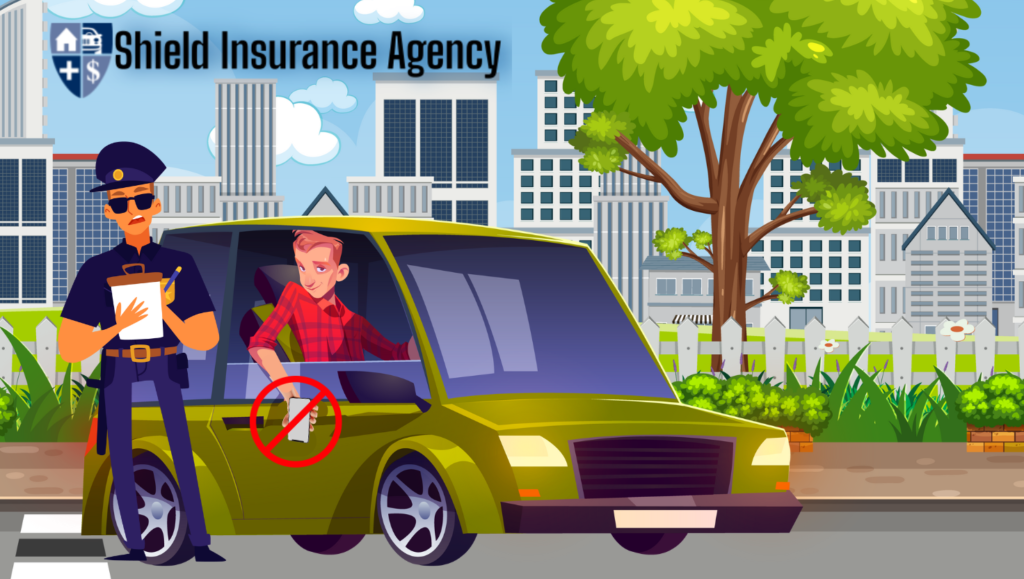Don’t think you drive distracted?
You might be surprised.
Distracted driving has become an epidemic, taking more than 3,000 lives a year in the United States alone. And while your first instinct might be to think that you don’t drive distracted, not so fast. Because the truth is, most people don’t associate their distracted driving habits as “distracted driving.”
While driving, have you ever:
- Adjusted your radio station or playlist?
- Touched up your makeup?
- Texted?
- Talked on your cell phone?
- Had something to eat or drink?
- Looked at your GPS or a map?
- Focused so much on conversation with a passenger that you nearly missed a turn?
Distracted driving isn’t just talking or texting on your phone. Anything that takes the eyes or mind off the road and hands off the steering wheel is causing you to drive distracted. It’s important to note, though, that texting while driving is especially dangerous because it requires visual, manual, and cognitive attention. The facts are unsettling.
- Anytime drivers look at their phones, they take their eyes off the road for an average of five seconds.
- This also causes drivers to drift out of their lane about 10 percent of the time.
- At least 28 percent of vehicle crashes are caused by texting and cell phone use alone—never mind other distractions.2
Tips to prevent distracted driving
The simple truth is that distracted driving is a dangerous safety risk. Help keep everyone on the roadways safe by following these simple tips.
- Put it away. Your phone, that is. It’s the absolute best thing you can do while behind the wheel so that you can safely control your vehicle and respond to events on the road.
- Use safe-driving apps: While apps are not generally safe while driving, apps like Textecution, tXtBlocker, DriveSafe.ly and DriveMode can prevent you from texting while driving and keep you safer on the road.
- Think ahead. Take care of distractions before or after your trip so you can devote your full attention to driving.
- Ask passengers for help. If another activity requires immediate action, enlist the help of your passengers or safely pull off the road and stop your vehicle before handling the situation.
- Use hands-free for emergencies. If you need to be accessible at all times, invest in a hands-free device. However, please note that hands-free does not mean risk-free, so only use it in absolute emergencies.
- Speak up. Be a good passenger by reminding friends and other drivers to follow these rules. Parents especially should talk with their young drivers about the dangers of distracted driving. Make a family pledge where everyone commits to safe driving.
Visit our blog for more articles on safe driving!



















































